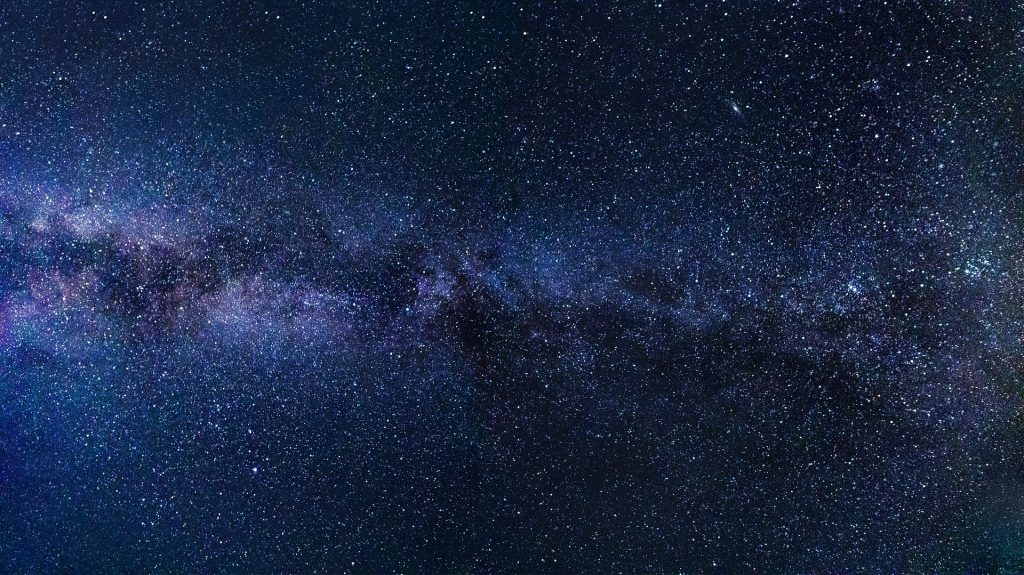Imagine placing a heavy ball in the middle of a large sheet which is being held taut. The ball will warp the sheet, creating a dent. An object placed close to the ball will fall towards it because of the dent. Similarly, the objects in the Universe also create “dents” or distortions in the fabric of space and time. Since these masses are also constantly in motion and spinning around each other, they send out ripples through spacetime. Lighter masses that come near the heavy mass will fall towards it. These ripples are called “gravitational waves”.
Più di cento anni fa, nel 1915, Albert Einstein suggerì che grandi masse nello spazio hanno la capacità di deformare o piegare lo spazio e il tempo, una teoria che è rimasta tale fino a ieri.
Il 3 ottobre 2017, il Premio Nobel in Fisica è stato premiato al team che ha rilevato e registrato le onde gravitazionali. Rainer Weiss del Massachusetts Institute of Technology (MIT) e Barry Barish e Kip Thorne del California Institute of Technology (Caltech) sono tutti membri del team del Laser Interferometer Gravitational-Wave Observatory (LIGO). Weiss ha ricevuto metà del premio di 9 milioni di corone ($1,1 milioni), mentre Thorne e Barish si divideranno l'altra metà. La loro scoperta è considerata una delle più grandi scoperte scientifiche del nostro tempo.
The gravitational waves generated by cosmic events diminish so much in strength by the time they reach the earth that only extremely sensitive detectors such as LIGO’s can pick them up. Though the waves have been detected three times before, on August 14, 2017, a gravitational-wave signal produced by the merging of two black holes was detected jointly by the LIGO detectors in the US (in Louisiana and Washington) and the Virgo detector in Europe (Pisa, Italy).
Il Comunicato stampa LIGO afferma che,
“The LIGO Scientific Collaboration and the Virgo collaboration report the first joint detection of gravitational waves with both the LIGO and Virgo detectors. This is the fourth announced detection of a binary black hole system and the first significant gravitational-wave signal recorded by the Virgo detector, and highlights the scientific potential of a three-detector network of gravitational-wave detectors. ”
Questa scoperta è stata il risultato di una collaborazione transfrontaliera tra varie organizzazioni e laboratori partner in tutto il mondo. Gestito dal Caltech e dal MIT, LIGO è finanziato dalla US National Science Foundation (NSF) e ha ricevuto sostegno finanziario per la costruzione dei suoi rivelatori da Australia, Germania e Regno Unito. Il progetto è stato anche supportato by India, Italy, Spain, Scotland, Korea, Canada, Scotland, the European Union, Hungary and Taiwan, among others. Its ricerca partners are collaborative organizations in themselves, based in Europe, US, Japan and Australia.
As an organization that believes in democratizing access to scientific research, we believe the greatest innovation are the products of cross-border and interdisciplinary collaboration. Recently, we helped an engineer, who was researching Einstein’s gravity, find an fisico esperto to help him visualize spacetime and plot graphs for curved spacetime. Dr. Lester Ingber, an alumni of Caltech, is an acclaimed physicist who is the Principal Investigator (PI) of an NSF-funded supercomputer project. Kolabtree’s global pool of scienziati freelanceche sono del MIT, Stanford, Harvard, ecc., lavorano su vari progetti scientifici da tutto il mondo, abbracciando il vero spirito della ricerca scientifica collaborativa.
Effective collaboration helps scientists break geographical and financial restrictions, and allows access to skills, knowledge and expertise that would otherwise be unavailable. Making research available, affordable and accessible spurs innovation and development. Who would have thought that Einstein’s idea, now a hundred years old, would finally be realized and win one of the most prestigious awards on this planet?
